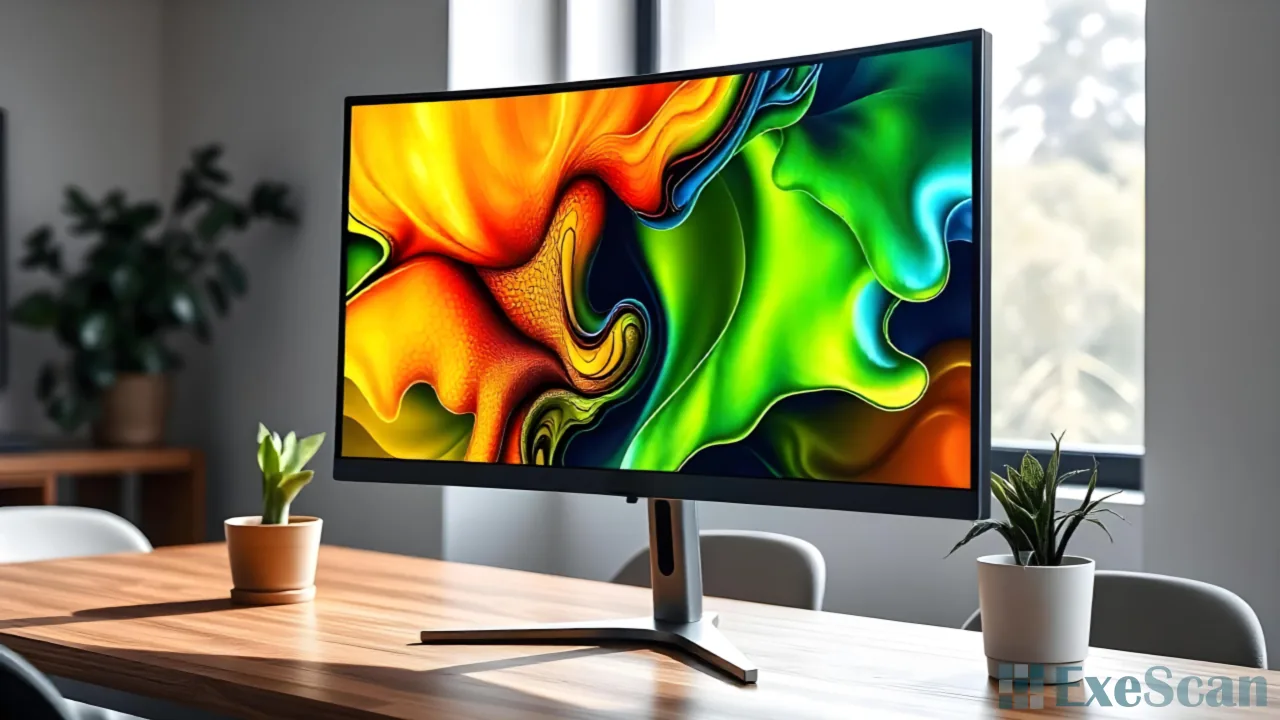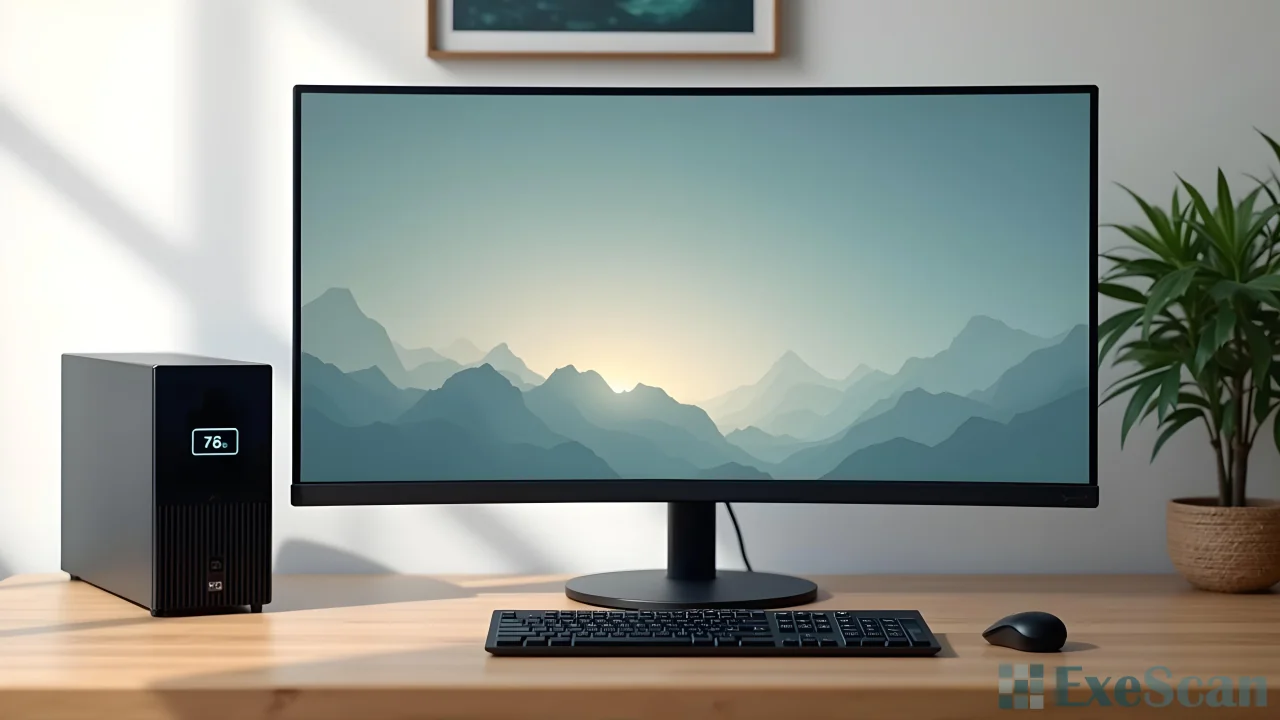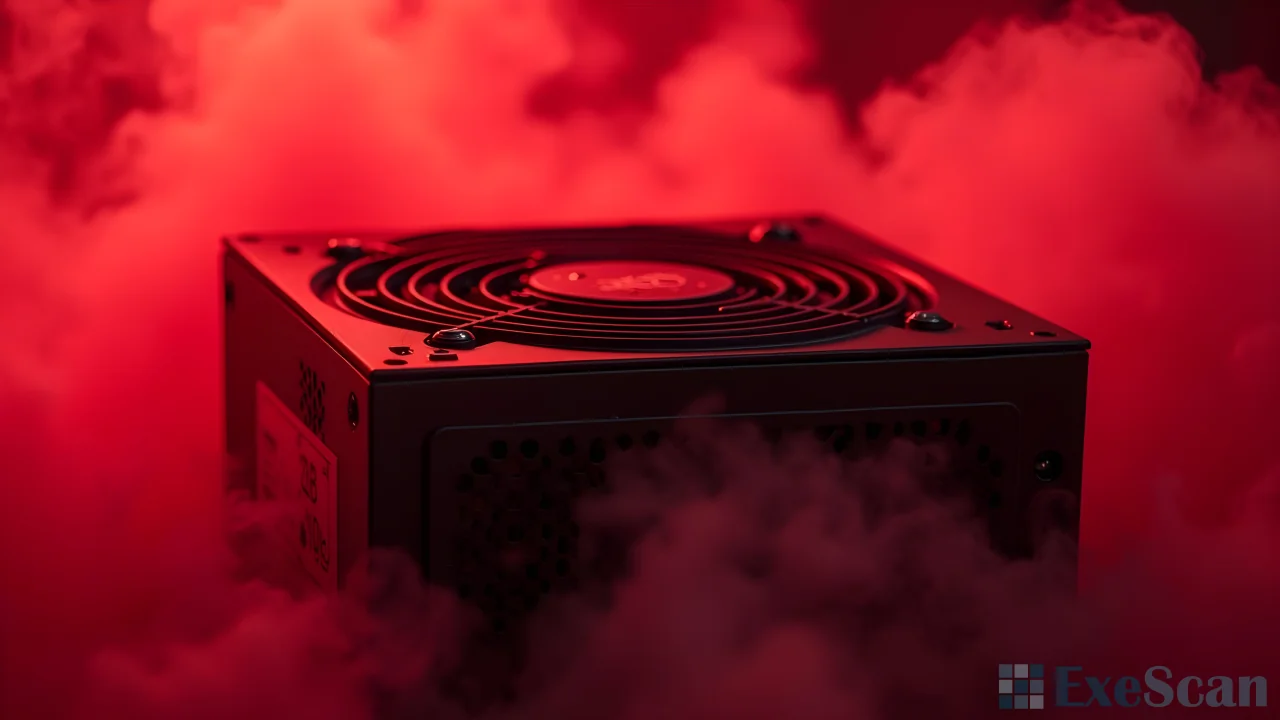When it comes to combining learning and home entertainment, the tablet has become a central device for many. Whether you’re a student, a professional, or just someone who enjoys consuming digital content, a tablet offers a versatile platform that can enhance your daily activities. But how do you choose the right tablet? And is it really necessary to have a stylus pen? In this article, I’ll walk you through some important considerations when selecting a tablet for learning and home use.
Why Choose a Tablet?
Tablets are incredibly popular due to their portability, ease of use, and functionality. Unlike laptops, tablets are lighter and more compact, making them easy to carry around. They also tend to have longer battery life, which is perfect for those long study sessions or binge-watching your favorite series.
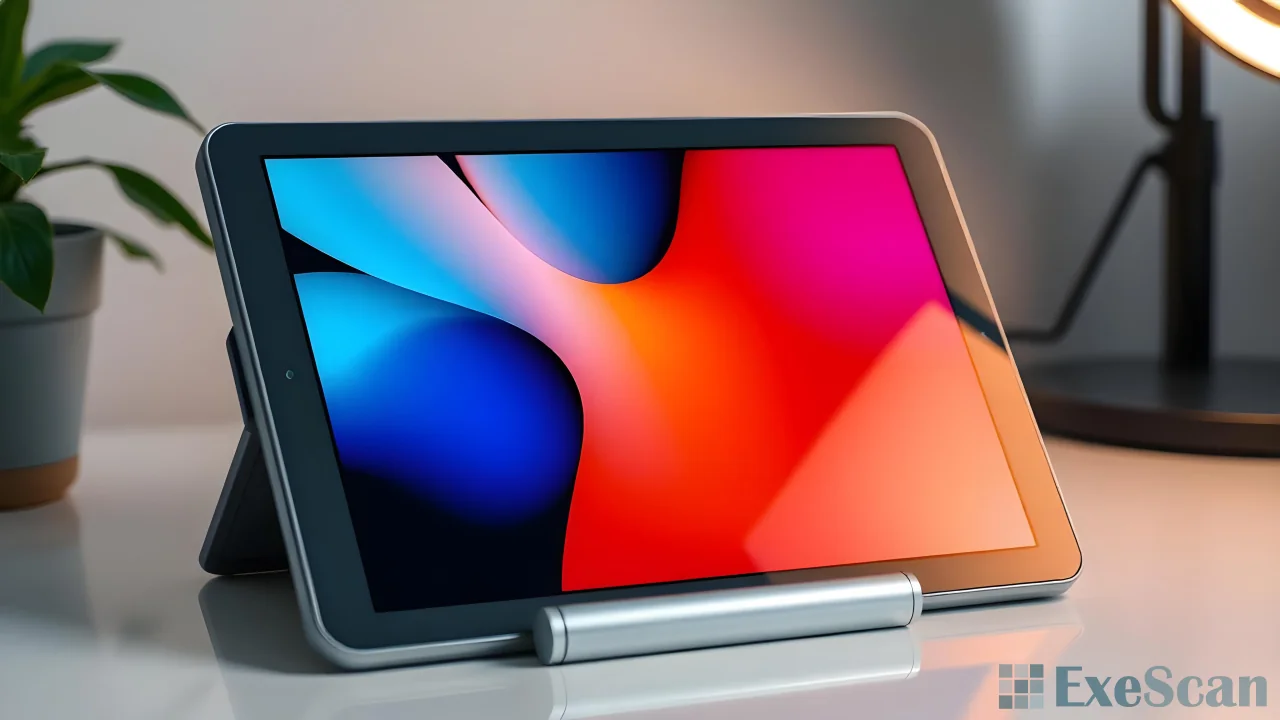
The touchscreen interface is another big plus. It’s intuitive and straightforward, allowing you to interact directly with the content on your screen. Whether you’re reading an ebook, browsing the web, or playing a game, the tablet provides a hands-on experience that can be both engaging and effective for learning.
Key Features to Look for in a Tablet
When choosing a tablet, there are a few key features you should consider to ensure it meets your needs for both learning and entertainment.
- Screen Size and Resolution
The size of the tablet screen is one of the first things to think about. If you’re planning to use your tablet primarily for reading, studying, or watching videos, a larger screen (10 inches or more) is ideal. The resolution is also crucial; a high-resolution screen (at least 1920×1080) ensures that text is clear and images are sharp. - Processing Power and Storage
A tablet’s processing power determines how smoothly it can run apps and multitask. If you’re using demanding apps like video editors or graphic design tools, look for a tablet with a powerful processor and at least 4GB of RAM. Storage is another important aspect; having at least 64GB of storage space is advisable, especially if you plan to download a lot of apps, games, or educational resources. - Battery Life
One of the biggest advantages of a tablet is its portability, and long battery life is key to making the most of it. Look for a tablet that offers at least 8-10 hours of battery life on a single charge. This way, you won’t have to worry about constantly finding a place to plug in during your study sessions or while watching movies. - Operating System
The operating system (OS) of a tablet influences what apps you can use and how you interact with your device. iOS, Android, and Windows are the most common tablet OS options. Each has its strengths: iOS is known for its smooth performance and extensive app library, Android is highly customizable, and Windows tablets can run desktop software, making them versatile for productivity.
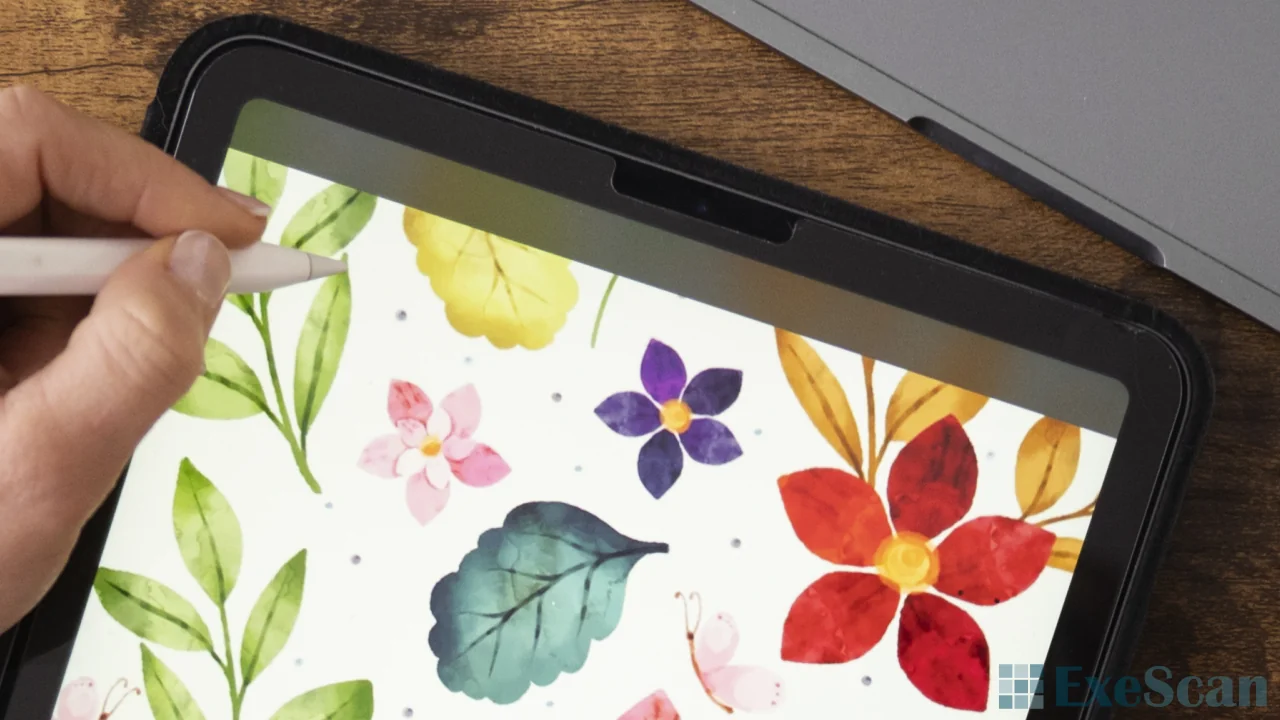
Is It Important to Have a Stylus Pen?
Now, let’s talk about whether a stylus pen, often referred to as a “pencil,” is necessary for your tablet. The answer depends on how you plan to use your device.
- Enhancing Learning
For students, a stylus can be a game-changer. It allows for natural note-taking and sketching, which can be particularly useful in subjects like math, science, and art. Studies suggest that writing notes by hand can improve retention, and a stylus pen can help you replicate that experience digitally. Additionally, many educational apps are designed to work seamlessly with a stylus, making it easier to annotate PDFs, highlight text, and solve problems directly on the screen. - Creative Projects
If you’re into digital art or graphic design, a stylus is almost essential. It offers precision that your finger simply can’t match, allowing you to draw, paint, and edit images with incredible accuracy. Many professional-grade tablets support pressure-sensitive styluses, which means you can vary the thickness of your lines based on how hard you press, mimicking traditional art tools. - Everyday Use
For general tasks like browsing, watching videos, or typing, a stylus isn’t necessary. However, some people find that a stylus makes it easier to navigate their tablet, particularly if they prefer not to leave fingerprints on the screen. Additionally, certain productivity apps can be more efficient with a stylus, especially when signing documents or making detailed selections in text.

Conclusion
Choosing the right tablet for learning and home entertainment involves considering several factors like screen size, processing power, and battery life. While a stylus pen isn’t a necessity for everyone, it can significantly enhance the functionality of your tablet, especially if you’re using it for educational purposes or creative projects.
A tablet is a versatile tool that can serve multiple purposes, from studying and taking notes to unwinding with a movie or game. By selecting a tablet that meets your specific needs, you can make the most of this powerful device, transforming it into an essential part of both your learning and leisure activities.
